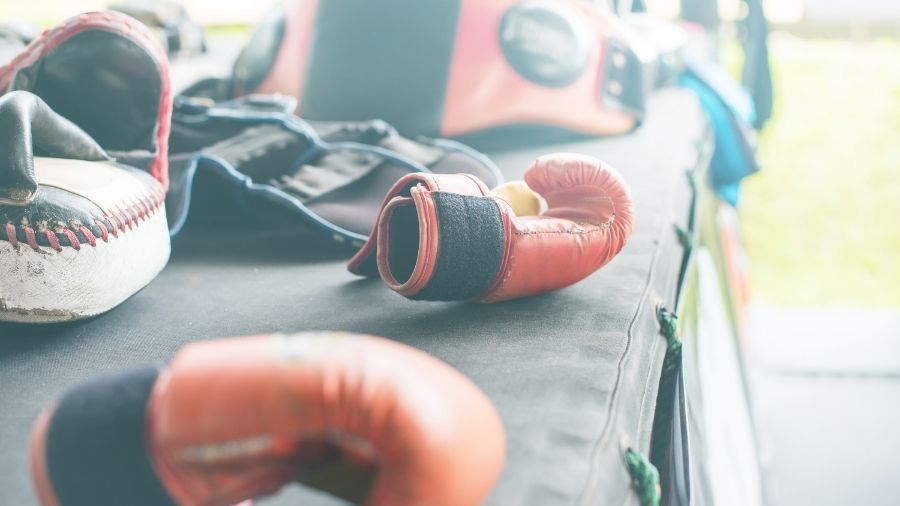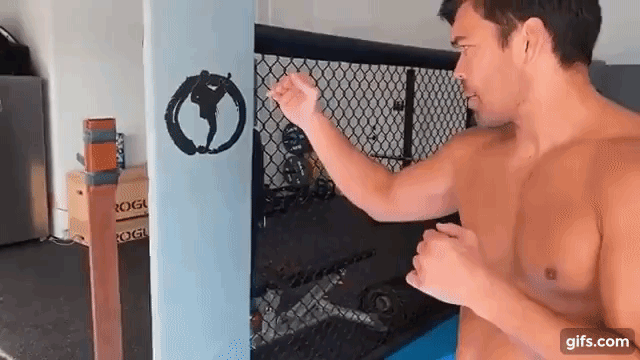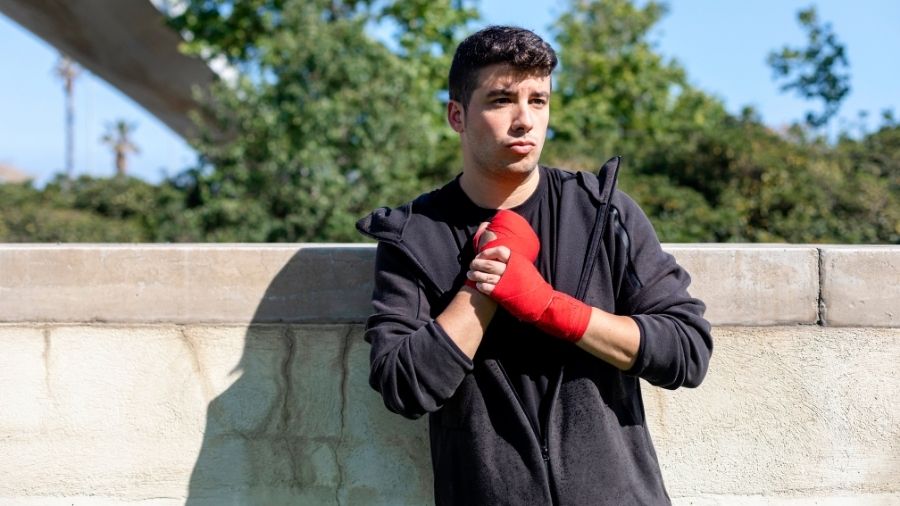The hands are the primary weapons in all practical striking martial arts. Even if you are a grappler, you should know how to throw a punch to cover your entry before tangling the opponent.
Conditioning your knuckles protects them from injury by hardening the bones so they can withstand impact against hard objects like a skull.
The hands are composed of many different small bones, ligaments, and muscles, which allow them to write and draw and smash things. And unfortunately, because of that, they are fragile if they are not used to hitting hard objects.
Why You Should Condition Your Knuckles
The knuckles are the parts of the hand that connect with the punch, and as hard as they may seem at first glance, they are surprisingly fragile. Even a moderately powerful strike to another bone or a hard surface can damage the knuckles. So, it’s important to condition them and the whole structure of the fist to withstand heavy impact.
Discover The Little Known Secrets For Unlocking Devastating KO Power!
Heavy hands are built doing these things...
But as I will say many times in the article, the conditioning needs to be done gradually and intelligently. You cannot rush the process. Many months and even years are required for the bones to truly harden.
The hands are precious. They handle everyday tasks, and if you are not careful with them, you can substantially negatively impact your entire life. There are a lot of disagreements on the topic of conditioning the knuckles.
Many professional fighters prefer to avoid it because they fight and train with properly wrapped hands and high-quality gloves that protect them. Even so, it’s not uncommon for them to break a hand in a fight.
For self-defense, however, conditioning is essential. Hitting a skull or the teeth with an unconditioned fist will indeed cause you a lot of pain in the best-case scenario, with a high chance of a fracture. Fighters and martial arts practitioners often break their hands in street fights because they know how to punch with power.
Punching bags, mitts, and sparring regularly will gradually build up the resilience not only in the knuckles but the whole arm that supports the punch-wrists, elbows, and shoulders.
So, when a fighter does not condition his knuckles deliberately, he is still doing it through training. But this is usually not enough to build up proper hardness, especially in these days of very high-quality engineered boxing gloves.
Let go through some of the tried and proven methods of conditioning the knuckles.
4 Ways To Condition Your Knuckles
Knuckle Push-Ups
A good and easy method are knuckle push-ups. They will condition the knuckles and build strength and stability in the wrist. It’s great because you can implement this into your boxing strength workouts without dedicating time specifically to conditioning.
You can start by supporting your weight on all four knuckles and even use the thumb for support, but aim to eventually perform the push-ups on the first two knuckles.
Punching The Heavy Bag
The most natural way any fighter builds up his knuckles and fist is by hitting the heavy bag. It provides all the resistance you need to punch as hard as possible without injuring your hands (if you are smart about it, of course).
However, punching with big boxing gloves will not do enough to condition the knuckles. There are a couple of ways to do a better job.
This helps build the knuckles, teaches you to connect with the first two knuckles, and align the wrist properly with every punch. Some people take it even further by using gardener gloves to protect the skin.
The other option for the conditioning on the heavy bag is to do a round or two without any gloves, just hand wraps. Do this at the end of the bag session after the hands are well warmed up and take it slowly. Don’t go blasting full force from the first session.
My advice is to take after the greats from the golden age of boxing and buy some thin bag gloves; they will condition the knuckles while making sure that you punch with the correct form and technique.

Punching A Makiwara
Karate has taken knuckle conditioning to the highest level and often to extremes you would not want to go. But as they don’t use any gloves (at least the old styles and present-day Kyokushin), knuckle and body conditioning are essential for karate training.
A great tool that is still used in traditional martial arts today and should find a place in more modern MMA or boxing gyms is the “makiwara.” In general, the makiwara is a padded striking pad. Usually, it’s a long post with a padded but firm surface for striking. It’s a very versatile tool and is used to condition not only the knuckles but every other striking surface.
The key is taking things slowly. Start by hitting it lightly and with fewer repetitions. As your knuckles start to harden, increase both the force and quantity of strikes. Don’t also forget about the correct punching technique. There are many ways to make a makiwara at home, so browse a bit online and find what works for you.

Bucket Of Rice
Another ancient technique still used today by modern athletes is the rice bucket.
Is Knuckle Conditioning Bad for You?
If done incorrectly, knuckle conditioning can be very detrimental. In short, when you hit something, the bones get damaged with microfractures, which the body then repairs and rebuilds, making the bones denser and more robust.
Please take note that both parts are equally important. The bones need time to recover and rebuild. If you bash them constantly, it will have the opposite effect. The damage piles up, and the knuckles can become easier to injure than when you started conditioning them.
It’s also important not to overdo it. Some karate masters have gotten to extremes, and while they perform some stunning feats of power like breaking bricks, ice blocks, and trees, their hands may be severely deformed in time.
Chances are you won’t try toppling buildings with your bare hands. So condition your knuckles to a level where you are confident in your power and durability, but not to the point that it interferes with your daily life.
Knuckle Conditioning At Home

Pretty much, you can do all of the four ways I’ve outlined at home. The push-ups are the obvious choice for ease of use, but a bucket of rice or a makiwara are not hard to acquire and use at home as well.
Punching hard surfaces will generally also work. If you put something soft like a towel or a magazine, you can even punch the floor. But I feel obliged to say it once more- be smart and take it slowly. There is no quick way to condition the knuckles. You must do it progressively over time.
Unlike training technique, where the more hours you rack up, the better, conditioning any part of the body must be done differently. You will get much better results if you do it once every 2 or 3 days, for example.
This way, you partially damage the bones, let them heal and rebuild, and repeat the process. If you try to do it every day, there is no time for the repair phase, and the damage will build up until you have to stop training altogether.
Summary
You should be fully equipped with the knowledge of how to condition the knuckles for fighting. Having strong and durable fists and hands is excellent for self-defense and overall confidence in your weapons in martial arts. Listen to your body carefully, train smart, and you can build hands of stone with time.


